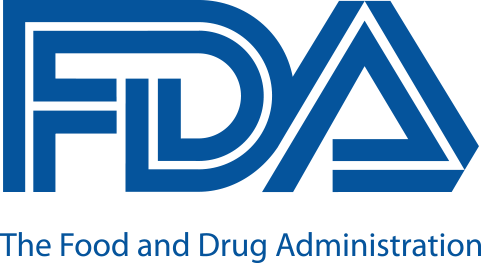
Antibiotics and other antimicrobial agents have been used successfully for 70 years to treat a broad range of infectious diseases. As a result of ever-growing use, infectious organisms are becoming resistant to antibiotics. Many experts have proclaimed that we have entered the post-antibiotic era.
In fact, many bacteria are resistant to most, if not all, currently used antibiotics and this resistance is spreading. Unless new approaches to treating infectious diseases are developed, infections that are easily treated today will be life-threatening in the near future.
According to the CDC, at least 2 million people become infected with antibiotic-resistant bacteria each year in the United States. At least 23,000 patients die as a direct result of these infections.
In response to this growing crisis, governments and health organizations worldwide are launching initiatives to spur research and development into new antimicrobial solutions.
 “The more we look at drug resistance, the more concerned we are… It is the end of the road for antibiotics unless we act urgently.”
“The more we look at drug resistance, the more concerned we are… It is the end of the road for antibiotics unless we act urgently.”
– Dr. Tom Frieden, Director CDC, 2016
 “The evolution of antibiotic resistance is now occurring at an alarming rate and is outpacing the development of new countermeasures capable of thwarting infections in humans.”
“The evolution of antibiotic resistance is now occurring at an alarming rate and is outpacing the development of new countermeasures capable of thwarting infections in humans.”
– President Barack Obama, 2015
 “Antibiotics are a very serious public health problem for us, and it’s getting worse. Resistant microbes outstrip new antibiotics. It’s an ongoing problem. It’s not like we can fix it, and it’s over. We have to fight continued resistance with a continual pipeline of new antibiotics and continue with the perpetual challenge”
“Antibiotics are a very serious public health problem for us, and it’s getting worse. Resistant microbes outstrip new antibiotics. It’s an ongoing problem. It’s not like we can fix it, and it’s over. We have to fight continued resistance with a continual pipeline of new antibiotics and continue with the perpetual challenge”
– Dr. A. Fauci, Director, National Institute of Allergy and Infectious Disease (NIAID), 2014
 “The problem is so serious that it threatens the achievements of modern medicine. A post-antibiotic era—in which common infections and minor injuries can kill—is a very real possibility.”
“The problem is so serious that it threatens the achievements of modern medicine. A post-antibiotic era—in which common infections and minor injuries can kill—is a very real possibility.”
– World Health Organization, 2014




European public–private partnerships for the development of new strategies to tackle antibiotic resistance


